In a trucking company, a driver is endowed with a great deal of responsibility: they drive expensive vehicles and are the direct representatives of the company to the company’s customers. Drivers can be a carrier’s biggest asset or liability.
Negative driver behaviour can damage a company’s reputation, safety record, and profitability. As a result, managers pay considerable attention to managing the behaviour of their drivers.
It is easy to blame a truck driver for a loss, incident, or other unwanted event. However, looking no deeper than the driver level during incident investigations and only caring about assigning blame is not the best way to operate. A driver’s poor performance or bad behaviour may be indicative of larger systemic problems within the organisation.
Trucking companies should not overlook the role a driver or other worker plays in an incident, nor should they ignore bad attitude and bad behaviour on the parts of these individuals when they are trying to improve their company’s culture. But company ownership and management must also look inwards to see what role they are playing in unwanted worker behaviour.
In this article, I will discuss how a manager can balance the need to hold individual workers accountable for their behaviour with examining their own behaviour and company culture.
Unacceptable Behaviour and Boundaries
An organisation can help its workers by defining the boundaries around acceptable behaviour. No matter what a person is going through in their personal lives, they are ultimately accountable for their actions and speech.
Boundaries that clearly state what type of conduct is permitted within a company help workers manage their own behaviour. Management permits bad behaviour in drivers by not holding them accountable for their bad behaviour. Basically, if someone acts inappropriately or dangerously and management does not intervene and apply the disciplinary procedures, they have unintentionally communicated to other workers that the bad behaviour is tolerated.
An organisation needs to work effectively towards its goals. If there are poor performers within the organisation that prevent these goals from being met and these individuals do not respond positively to coaching and training, it is in the organisation’s best interests to remove these individuals.
Show Compassion
All people should strive to be compassionate and understanding to others, and managers need to act compassionately towards their direct reports. It is fair to discipline and terminate drivers who show a pattern of dangerous and/or inappropriate conduct, but these types of conversations need to be handled professionally regardless of how high tempers may be.
I believe that by setting boundaries and providing drivers and other workers with clear direction is an act of compassion. It is not kind to punish someone if they were not made aware of the rules beforehand, so clear boundaries create an environment where workers are not left wondering about what is or is not acceptable.
Setting Boundaries
Managers and leaders can set boundaries in a number of ways. One method of doing this is to formally create policies for behaviour and then hold people accountable immediately upon discovering an example of bad behaviour.
An organisation that has written policies, a consistent disciplinary system, and uses the disciplinary system to hold workers accountable to these policies will be more effective at managing bad behaviour than organisations that assume workers will act appropriately at all times.
Try to Understand the Concerns
Behaviour that is dangerous or completely unacceptable should never be tolerated. Most of the time, though, bad behaviour takes less-obtrusive forms (like being late, rude, or showing inattention to critical details).
I do not believe that most people want to perform poorly. I believe most people want to do a good job, work safely, and create positive relationships with those around them. This is a fundamentally optimistic outlook.
I am also a realist: there are difficult personalities out there that may be the cause of bad behaviour. It is not a manager’s job to change someone’s personality. Sometimes someone cannot be coached into behaving appropriately at work.
In any case, though, an attempt should be made in any incident of poor performance and bad behaviour to understand the thoughts and feelings of the driver. This will involve trying to empathise with the person in question.
Empathy
Empathy is the ability to feel what another person is feeling. You can be empathetic by listening to someone, identifying the emotions they are experiencing, and then thinking of similar experiences in your life where you have felt the same way.
You do not need to have gone through the same experience as the driver in order to be empathetic to their problems. For example, many long-haul drivers complain of the long period of time away from their loved ones. Even if you have never worked in a long-haul position, you can likely empathise with this feeling by thinking of times you have missed your loved ones.
By using your own life experiences to feel some of what the driver is feeling you are able to gain insight into their concerns. Never assume or act like you understand the specific parts of their situation, but instead communicate that you understand some of the feelings they are experiencing and want to help.
If you are successful at empathising and are able to learn a bit about what they are going through, you will likely gain valuable insight into how they see the company. While it is easier to blame bad behaviour solely on the individual, taking the time to understand driver concerns will allow company leaders to dig deeper into possible problems within their organisation.
It Comes Down to Respect
Investing the time and effort into improving the relationship between drivers and the company is a way business leaders can show respect towards drivers. Listening with compassion and attempting to empathise with drivers are other ways to show respect. Simply taking the time to ask a driver “Is everything alright?” instead of immediately criticising them for bad behaviour shows respect.
Unfortunately, the trucking industry is an industry where drivers frequently complain about a perceived lack of respect. This is a problem that the industry needs to address and I applaud all efforts by trucking companies and other organisations to elevate the status of the truck driver.
There is a silver lining to this negative image in the industry, though: low expectations. If you, a manager or leader in trucking, are willing to work on your interpersonal skills, take the time to understand your drivers’ concerns, and show them respect in all of your interactions, you are putting yourself ahead of the competition.
Many drivers have low expectations for how they expect to be treated. If you show them that you care and give them the respect they deserve as human beings, you help with your organisation’s driver retention goals. But you also make at least two people happy: the driver, for being treated with respect, and yourself, because it feels good to do good.














Comments are closed